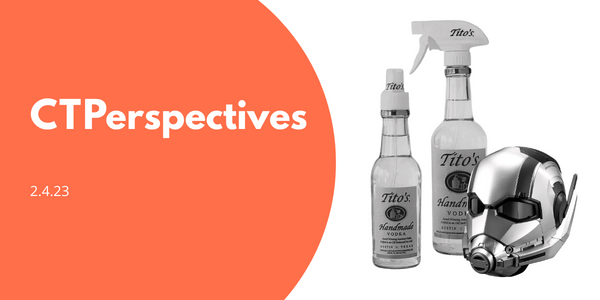As a technology company prepared to launch its sleek new remote control in China, the CEO was asked a simple question. Why China? He reasoned that the Chinese love high tech stuff, many have the means to buy it and they love to show off the latest technology to family and friends. All may be true. What was also true, Brand guru Martin Lindstrom explained, is that the Chinese wrap their remotes in clear plastic to keep the dust out. They don’t care what the remote looks like.
Unfortunately, no one on the team ever went to China to learn enough about the consumer. The sales and marketing teams would have been banging their heads against a (great) wall figuring out why they were failing. Alas, a single insight caused them to re-examine their approach. Armed with this new information, the company pulled the plug on China and concentrated its efforts on Europe.
That company wasn’t alone in assuming it was saying the right things to the right people. While the largest brands tend to have the budget, staff and discipline to dig deep into consumer behavior, many do not. Too often strategy is based on assumptions and uncertain insight.
But you can’t allow budget or fast-emerging deadlines to excuse not taking a hard look at the target audience. Discovery is critical. Even without formal primary research in place we will spend time with the very people our clients want to reach, having actual conversations in a hunt for insight. You may not need to sleep in their house for a week like Lindstrom but a conversation can give you some rich detail, sometimes debunking an assumption. Sometimes confirming it.
As PR and advertising professionals we have another resource that too many misuse. Many mistake social media as channels to talk at their audience. The real value is in the listening. Through social media, we have been invited into something greater than a focus group and yet many marketers choose to stick their fingers in their ears.
Have you ever sat through a movie with someone who has seen it four or five times? They can’t resist spouting the line before the actor. They know which scene is up next and begin laughing or cringing in advance. They know what is going to happen before it happens. That’s what you can get when you listen to the audience before you choose to speak.





